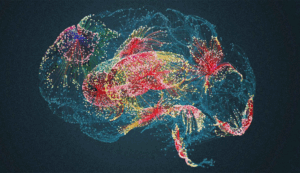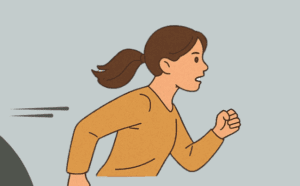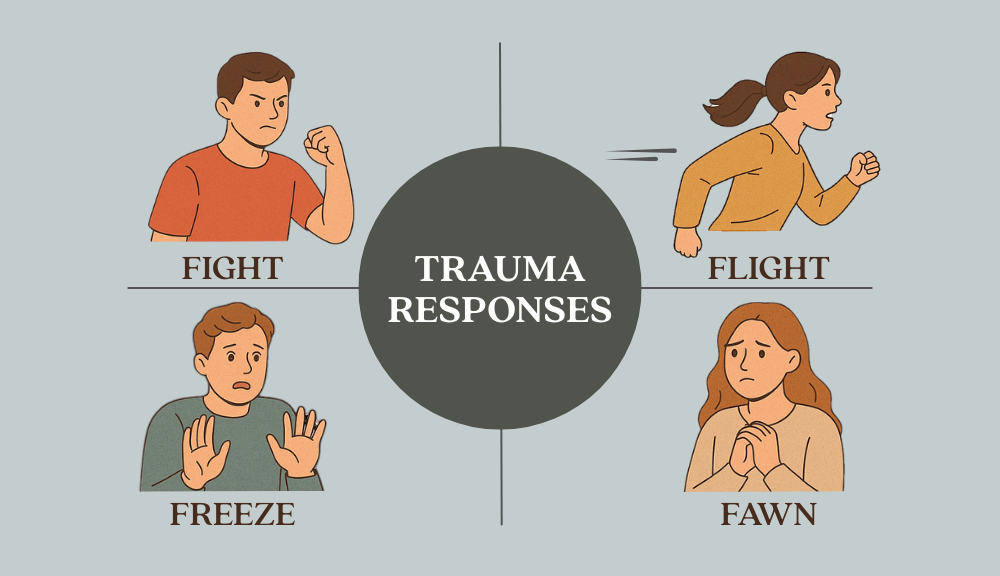Have you ever had a harrowing experience that left you scared for years? What was your immediate reaction? Trauma is an emotional response to a distressing event. According to science, you can respond to a traumatic event by fighting, fleeing, freezing, or fawning. The body prepares you through a cascade of biochemical reactions that manifest physically. The entire process is known as the stress response.
What is The Stress Response?
The brain has several parts that collect, organize, and analyze stressful, fearful, or worrisome emotions. It then prepares the body to defend itself against the threat or danger. The brain parts involved include:
● The amygdala – the stress response center responsible for picking up internal and external cues from the body through the senses
● The hypothalamus manages mood hormones like adrenaline after receiving prompts from the stress response.
● The hippocampus is responsible for releasing cortisol, a stress hormone that sustains the stress response in the long term.
The Amygdala
When in danger or experiencing something stressful, such as preparing for a final exam, an interview, or a first date, the amygdala picks on distressful cues. It collects this information using
sensory nerves throughout the body. The sensory nerves pass the signals to the relay nerves, which transmit the information to the amygdala.
In addition to your senses, the amygdala collects signals from the hypothalamus, hippocampus, and prefrontal cortex. These signals prolong trauma long after the threat is over. The amygdala begins the process of emotional learning. Once it senses danger, it sends signals to the hypothalamus to activate the stress response.
The Hypothalamus
Upon activation, the hypothalamus stimulates the release of adrenaline from the adrenal glands on top of your kidneys. Adrenaline changes your body's physiology in preparation for fight, flight, freeze, or fawn. It increases your breathing rate and airway space so you can take in more oxygen. Oxygen works like fuel. The body burns glucose in the presence of oxygen to generate energy.

Adrenaline also constricts blood vessels to increase blood pressure, expediting oxygen transportation to the brain and muscles. The brain requires oxygen to enhance alertness and thought processing, all of which are essential for fight-or-flight. The muscles need oxygen to boost contraction and relaxation rates for fight-or-flight. Adrenaline also improves blood flow by increasing the heart rate.
Stress and trauma hinder the functioning of the prefrontal cortex, which is responsible for logic, reasoning, emotional regulation, and thought regulation. The two also strengthen the amygdala’s habitual emotional responses, which are more focused on survival.
The overall effect of the adrenaline rush is heightened alertness, quick movements, a surge in energy, and strength. The change can make you avoid oncoming traffic like the pro or withdraw your hand from a burning flame in a split second.
The Hippocampus
High adrenaline levels in the blood trigger the release of cortisol, another primary stress hormone that mobilizes glucose release and transportation to the brain and muscles. Cortisol
also suppresses activity in other body systems, like the immune system and gut, to reduce glucose consumption.
Cortisol’s action in the gut suppresses appetite and induces nausea, diarrhea, or constipation to clear ongoing digestion, which requires energy. That is why you feel like hurling, having a stomach upset, or wanting to use the bathroom. Cortisol also prolongs the adrenaline’s fight-or-flight effect.
The Flight Response

In flight mode, your instinctual survival tactic is to run away from danger. The urge to run is greater and clear. You may feel like the threat is entrapping. Staying still only heightens your anxiety and feelings of impending doom. It may even trigger a panic attack.
Thanks to the energized muscles, you can splint after the flash. The brain focuses on where you are going for safety. In everyday situations, a fight response looks like walking away from a fight or argument or simply running away from the threat.
The Fight Response

The fight mode is untamed anger, aggression, or agitation toward the threat. The reaction is not always physical. It manifests as flipping tables, punching walls, or lashing out in anger. The threat can be an argument, a call for accountability, or a burglar.
Signs include hypervigilance, restlessness, constant violent attempts, and anger. All that superhuman strength without the constraints of logic, because of the suppression of the prefrontal cortex, can lead to damaged property or physical harm.
The Freeze Response
 Your body’s survival instinct can prompt you to freeze, regardless of adrenaline and cortisol’s effect. In this response, you may feel detached from the environment. The body also becomes numb to the threat.
Your body’s survival instinct can prompt you to freeze, regardless of adrenaline and cortisol’s effect. In this response, you may feel detached from the environment. The body also becomes numb to the threat.
A freeze can manifest as confusion when making a presentation in front of a class or office or delivering a speech for the first time. The words appear jumbled, your throat and mouth become dry, and you shake like a leaf in a storm because of adrenaline's action in your muscles. A freeze response also causes people to pee or diarrhea on themselves because of cortisol’s uncontrollable action. Most sexual assault or domestic violence survivors also react to the ordeal by freezing.
The Fawn Response

In the fawn response, submission to the threat is the safest option. By fawning, the victim intends to appease the aggressor for their safety. It manifests in abusive situations. For example, a child trying to avoid a beating or a spouse attempting to calm down their partner instead of fighting back.
The signs include people-pleasing, unquestionable obedience, lack of boundaries in relationships, and pretend submission. Each reaction aims to maintain safety. The physiological effects of adrenaline and cortisol remain at play during the response.
Which Stress Response Do You Experience?
None of the stress responses is right or wrong. Each reaction depends on the circumstances present. Knowing how you respond to traumatic events is essential in stress management or trauma therapy.
If you are a runner, you may be avoiding conflict to the detriment of your health. Fighting may bring in lawsuits or make interacting with you seem like walking on eggshells. A freeze may seem sweet to lovers, but it may indicate a lack of healthy confrontation with stressors. A fawn can be a maladaptive reaction that enables your abuser. Knowledge is power. Learn your responses and consider whether they are healthy in light of the stresses you encounter.
Contact Us
